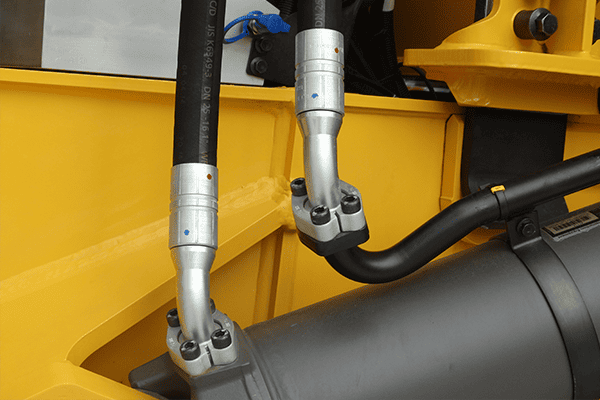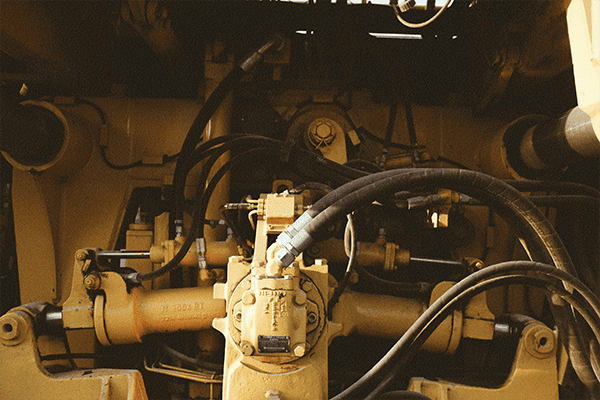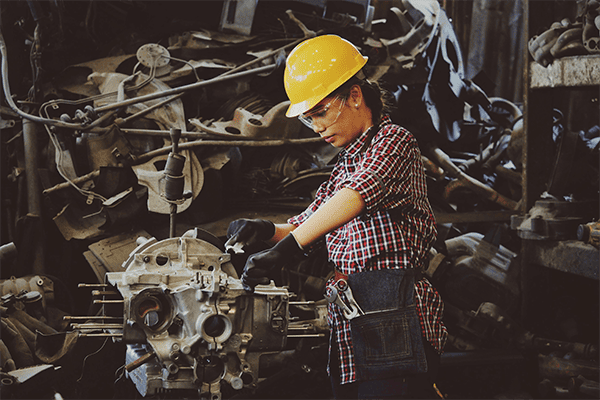
Maintaining your hydraulic hose crimper1 is essential for optimal performance, safety, and longevity. A well-maintained machine ensures high-quality crimps, reduces downtime, and prevents costly repairs.
Proper care and maintenance will extend the life of your hose crimper and improve the quality of your hose assemblies.
Let’s explore the most important maintenance tips and dive deeper into how to keep your crimper in top shape.
How Do You Maintain a Crimper?

Maintaining your hydraulic hose crimper involves checking and cleaning critical parts, replacing worn components, and ensuring the machine is properly lubricated. Regular maintenance helps avoid performance issues and costly repairs while keeping your crimper running efficiently.
A good maintenance routine helps ensure reliable crimps and reduces machine breakdowns.
Key Maintenance Steps for a Hydraulic Hose Crimper
- Check the Hydraulic Fluid: Low or contaminated hydraulic fluid2 can cause the machine to underperform. Regularly check the fluid levels and change the fluid according to the manufacturer's recommendations.
- Clean the Crimping Dies: After each use, wipe down the crimping dies3 to prevent debris buildup, which can affect crimp quality.
- Lubricate Moving Parts: Apply lubricants to the machine's moving components to reduce friction and wear.
- Inspect Seals and O-Rings: Over time, seals and O-rings can wear out. Replace any damaged parts to avoid hydraulic fluid leaks.
- Check for Leaks: Inspect the hydraulic hoses and fittings for any signs of leaks or wear.
| Maintenance Task | Frequency |
|---|---|
| Fluid Check and Replacement | Every 500 working hours |
| Die Cleaning | After every use |
| Lubrication of Moving Parts | Every 250 working hours |
| Seal and O-Ring Inspection | Every 6 months or as needed |
| Leak Check | Every 6 months |
How Does a Hose Crimper Work?
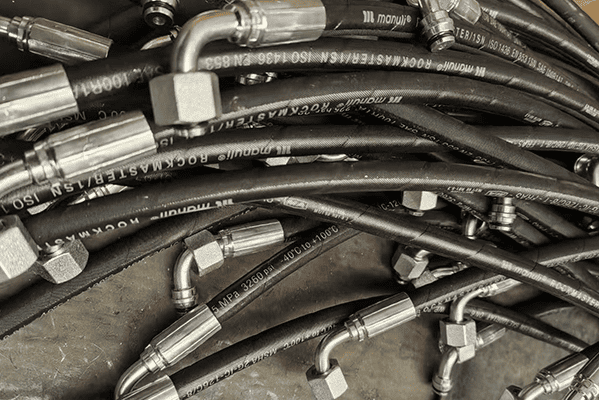
A hydraulic hose crimper uses hydraulic pressure to attach fittings to the ends of hoses. The process involves compressing a metal fitting onto the hose using a crimping die, which creates a tight, secure connection that can withstand high pressure.
The machine’s hydraulic system applies pressure to ensure the crimp is tight, preventing leaks and failures in hydraulic systems.
Basic Process of Crimping
- Load the Hose and Fitting: Place the hose and the corresponding fitting into the crimper.
- Adjust the Crimping Die: Select the appropriate die size to match the fitting and hose.
- Apply Hydraulic Pressure4: The crimper applies hydraulic force to the die, compressing the fitting onto the hose.
- Release and Inspect: Once the crimping process is complete, remove the hose and inspect the crimp for security and accuracy.
Factors Affecting Crimping
| Factor | Effect |
|---|---|
| Die Size | Affects the crimp's tightness and security. |
| Hydraulic Pressure | Too much or too little pressure can affect the quality of the crimp. |
| Hose Type | Different hoses require different crimping pressures. |
What Happens if You Over Crimp a Hydraulic Hose?
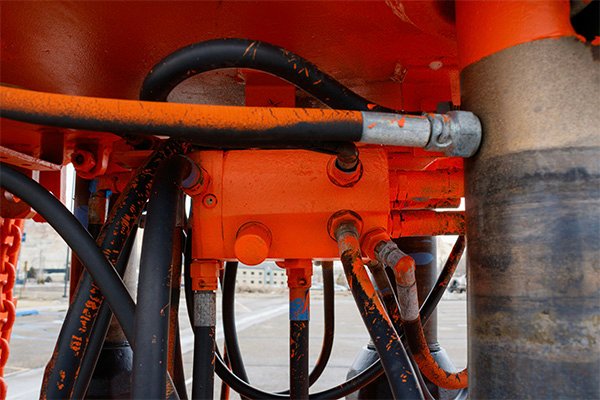
Over crimping5 a hydraulic hose occurs when too much pressure is applied during the crimping process, which can damage both the hose and the fitting. This can result in a compromised connection, leading to leaks, reduced performance, and potential system failure.
Over crimping weakens the hose and fitting, leading to reduced reliability and safety issues in hydraulic systems.
Signs of Over Crimping
- Flattened Hose: The hose may become flattened or deformed at the crimped area.
- Damaged Fitting: The fitting may become cracked or distorted.
- Leaks: The crimped connection may leak due to excessive pressure or an imperfect seal.
Preventing Over Crimping
- Use the Correct Die Size: Always use the right size die for your hose and fitting.
- Calibrate the Machine: Ensure that the crimper is calibrated to the correct pressure settings.
- Inspect Crimps: Always inspect your crimps visually and physically before use to ensure they are secure and correctly formed.
What Is the Formula for Hose Crimping?
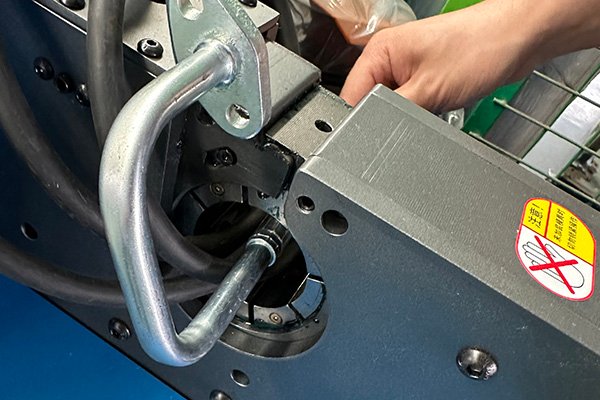
The formula for hose crimping involves calculating the proper crimp diameter and pressure required to securely attach the fitting to the hose. It ensures that the hose and fitting will hold up under pressure without risk of failure.
The crimp formula is essential to ensure a secure and leak-free connection between the hose and the fitting.
Key Variables in Crimping
- Outer Diameter of the Hose: This is the hose’s size, which determines the fitting and crimp die required.
- Fitting Size: The fitting size must match the hose diameter to ensure a proper crimp.
- Crimping Pressure: The amount of hydraulic pressure applied during crimping.
| Parameter | Example Value |
|---|---|
| Hose Diameter | 1 inch |
| Fitting SSize | 1 inch |
| Crimp Pressure | 10,000 PSI |
Crimping Chart
Crimp charts provided by hose and fitting manufacturers show the exact crimp diameter needed for different hose types, diameters, and fitting combinations. Always refer to the crimp chart for accurate specifications.
What Is the Method of Crimping?
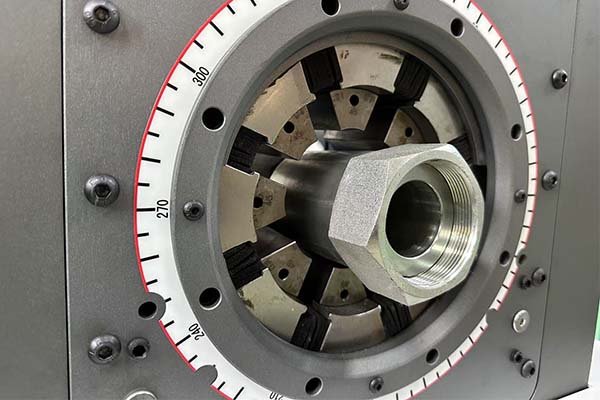
The method of crimping involves using a hydraulic crimper to compress the fitting onto the hose. This process requires precision, as too much or too little pressure can lead to a faulty connection.
Crimping is a precise and controlled process that ensures hoses are securely connected to fittings for high-pressure applications.
Steps in the Crimping Method
- Select the Correct Die: Choose the right size die based on the hose and fitting specifications.
- Position the Hose and Fitting: Place the hose and fitting into the crimper.
- Adjust the Machine Settings: Set the appropriate crimp pressure and cycle time.
- Activate the Crimper: Apply hydraulic pressure to compress the fitting onto the hose.
- Check the Crimp: Inspect the crimp to ensure that it is secure and uniform.
How to Measure a Crimp Fitting?
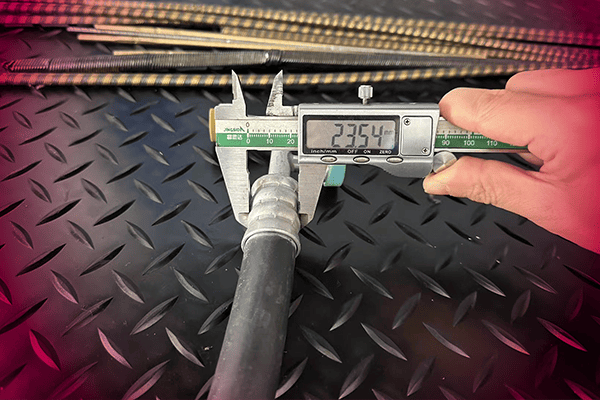
Measuring a crimp fitting is essential to ensure that the crimp is the correct size and meets the required specifications. Measuring is done using precise tools to check the diameter and quality of the crimp.
Proper measurement ensures that the crimped hose will perform safely and efficiently in the hydraulic system.
Measuring Crimped Hoses
- Measure the Crimp Diameter: Use calipers to measure the outer diameter of the crimped fitting. It should match the manufacturer’s specifications.
- Check for Uniformity: The crimp should be uniform around the entire fitting, without any weak spots.
- Inspect the Fitting and Hose: Check that the hose is securely attached to the fitting, and there are no visible gaps or deformations.
| Measurement Type | Tool Used |
|---|---|
| Crimp Diameter | Calipers |
| Crimp Length | Micrometer |
| Fitting Attachment Quality | Visual Inspection |
Conclusion
Proper maintenance of your hose crimper is crucial to ensure its reliability, performance, and longevity. Regular checks on hydraulic fluid, dies, and crimp pressure, along with using the right crimping method and measuring techniques, will help keep your crimper in top condition and produce high-quality hose assemblies.
-
Explore expert tips on maintaining your hydraulic hose crimper for optimal performance and longevity. ↩
-
Understand the critical role of hydraulic fluid maintenance in ensuring the efficiency and safety of crimping machines. ↩
-
Learn effective cleaning methods for crimping dies to ensure high-quality crimps and prevent debris buildup. ↩
-
Exploring the impact of hydraulic pressure on crimping can enhance your understanding of optimal crimping techniques. ↩
-
Understanding the effects of over crimping can help prevent costly mistakes and ensure safety in hydraulic systems. ↩

